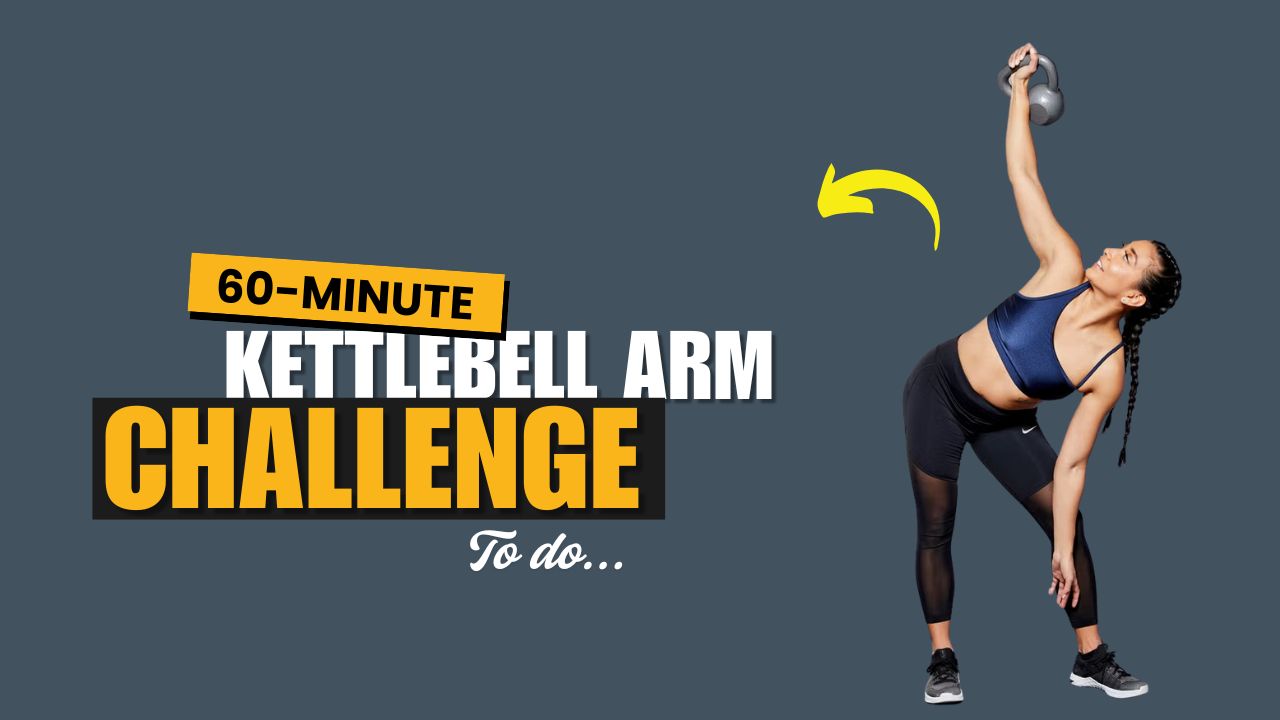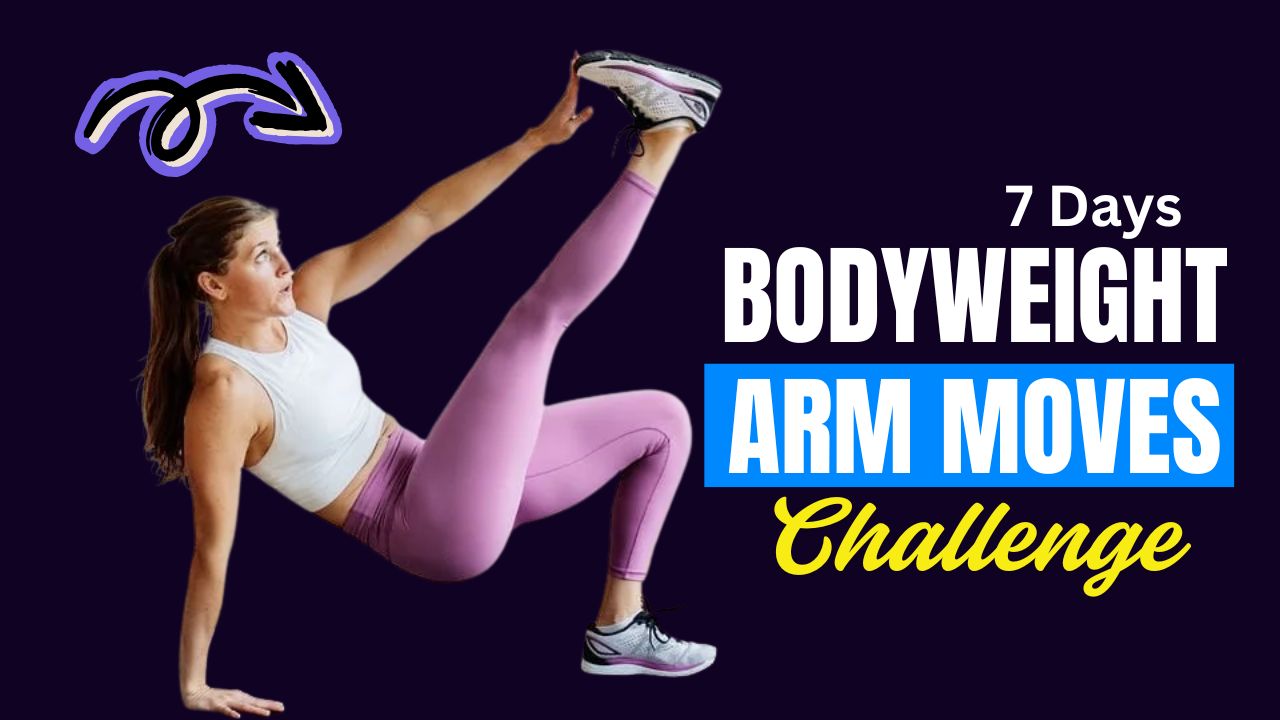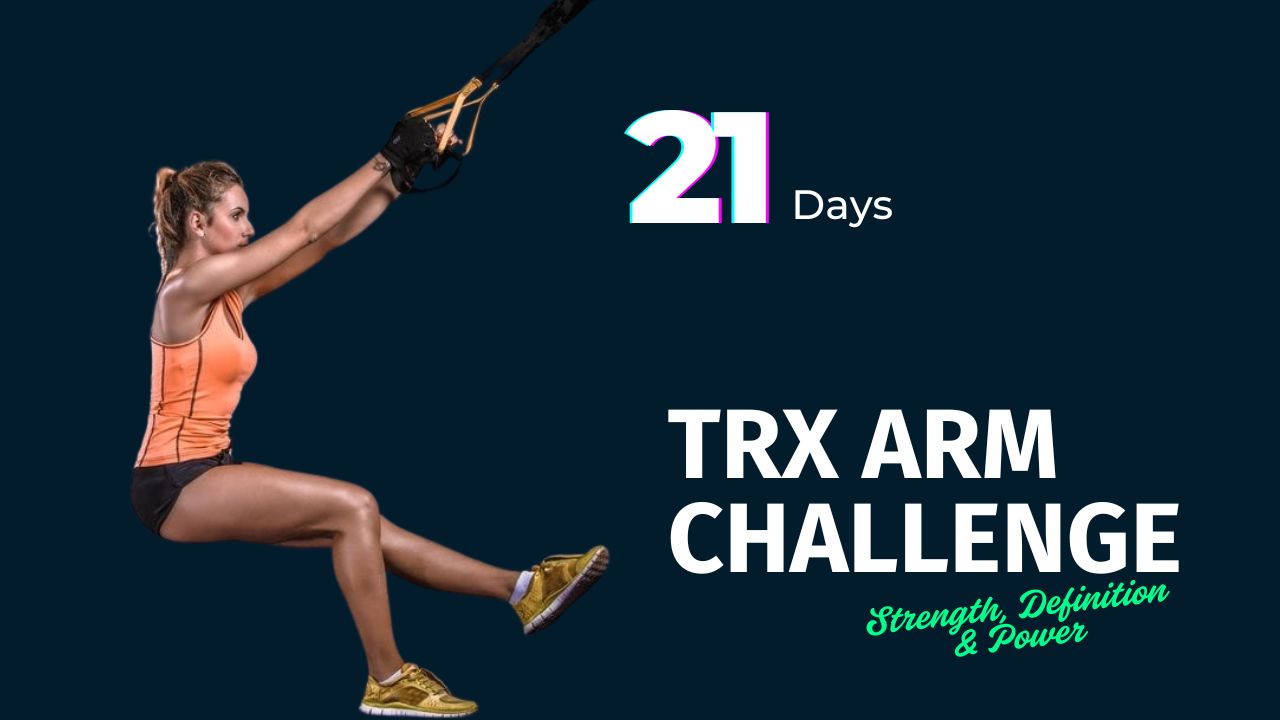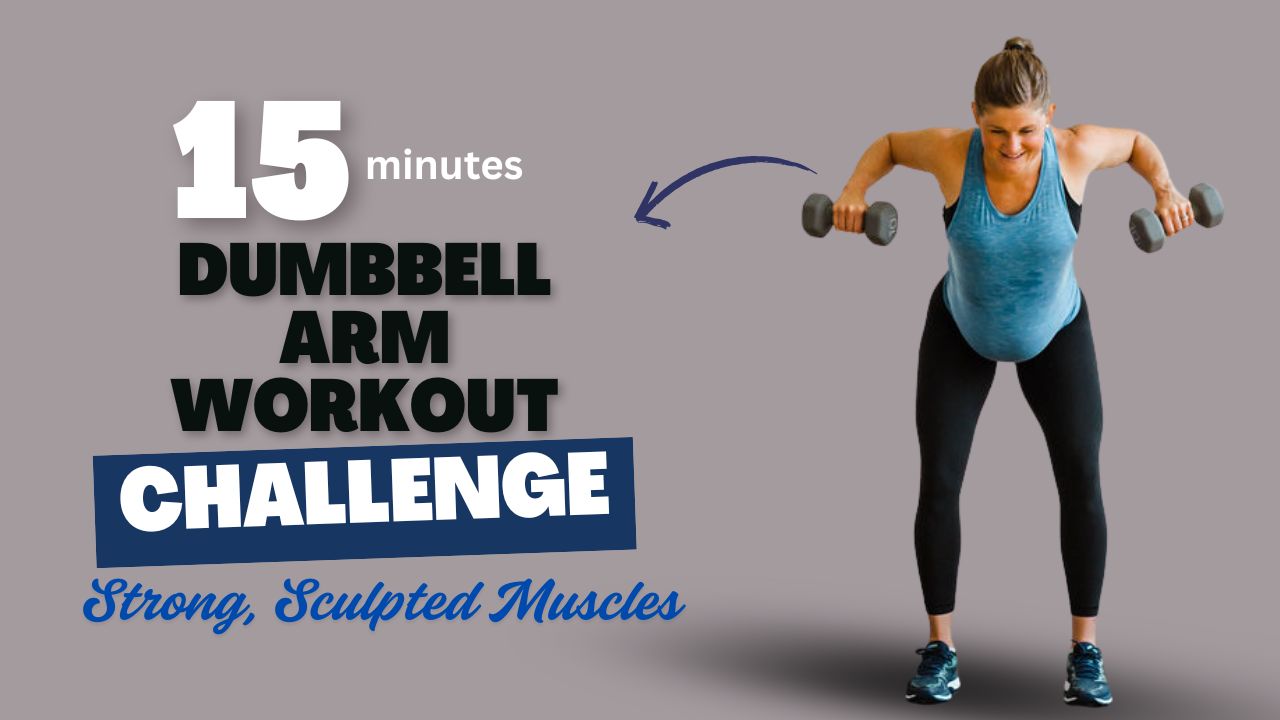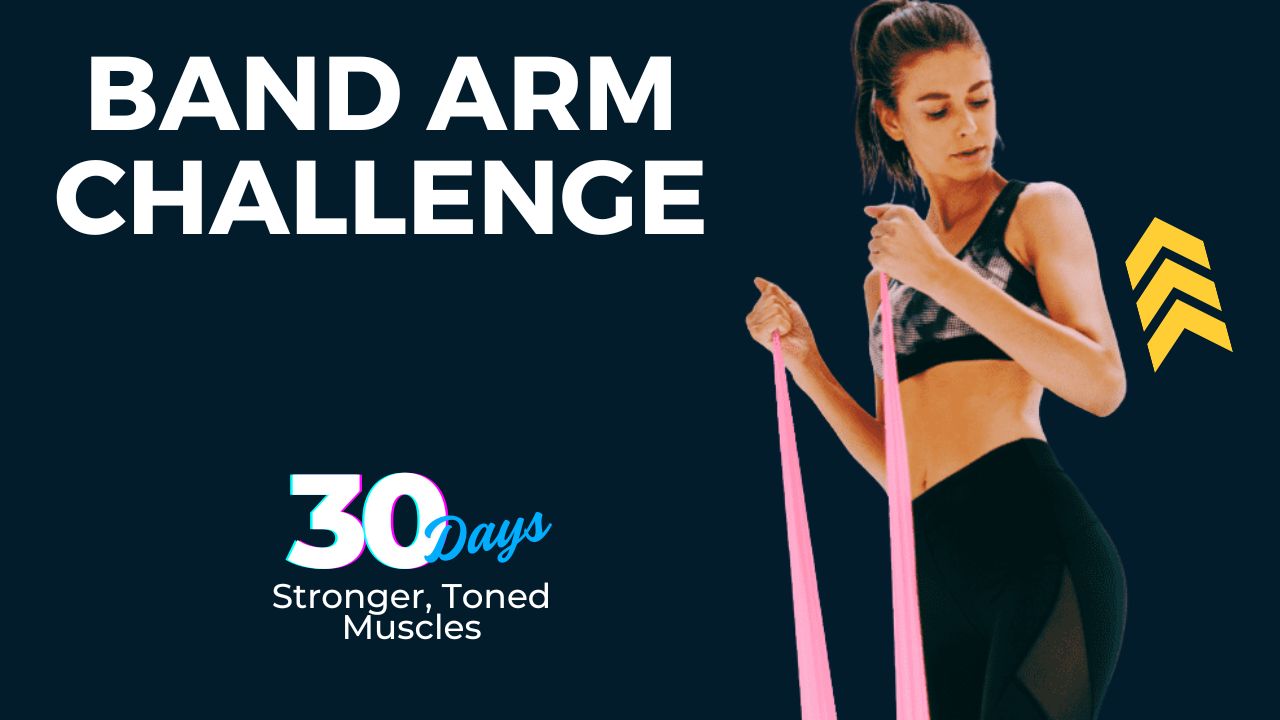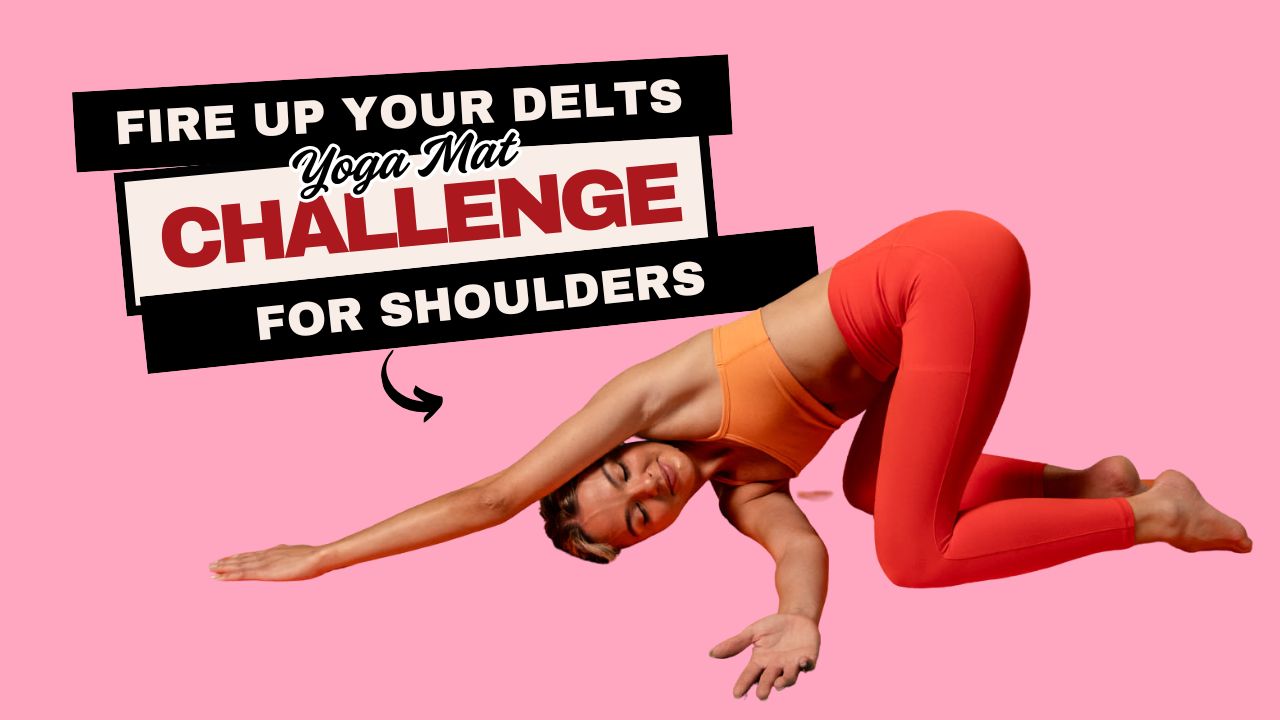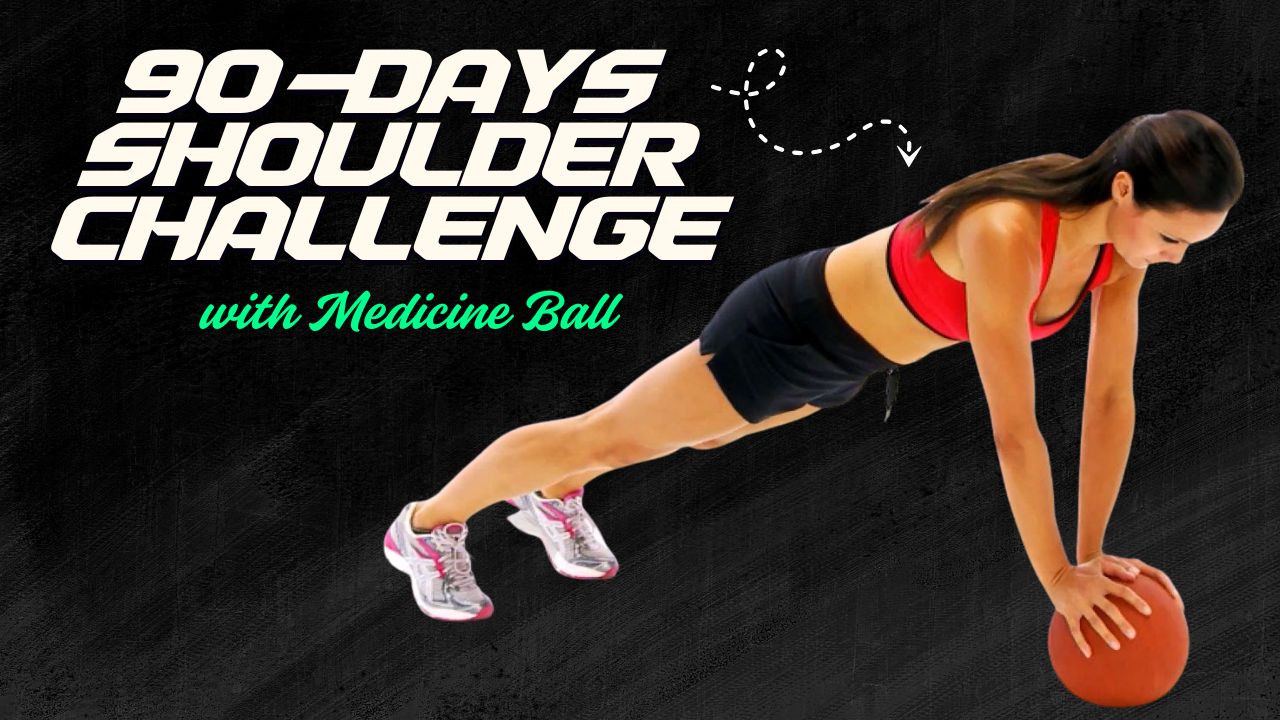Ever wonder why some people spend hours in the gym but still don’t have toned arms?
Here’s a secret: It’s not always about spending more time—it’s about training smarter.
With just two dumbbells and 15 minutes, you can sculpt stronger, leaner arms without feeling chained to your workout routine.
Did you know? Research shows that short, high-intensity strength sessions can be just as effective—sometimes even more—than longer workouts for building muscle tone and strength. So, say goodbye to endless bicep curls and hello to a time-efficient, results-driven workout.
This 15-Minute Dumbbell Arm Workout Challenge is designed to target biceps, triceps, shoulders, and forearms—giving you a complete upper arm transformation.
Whether you’re working out at home or in the gym, these moves will help you build muscle, increase strength, and enhance arm definition.
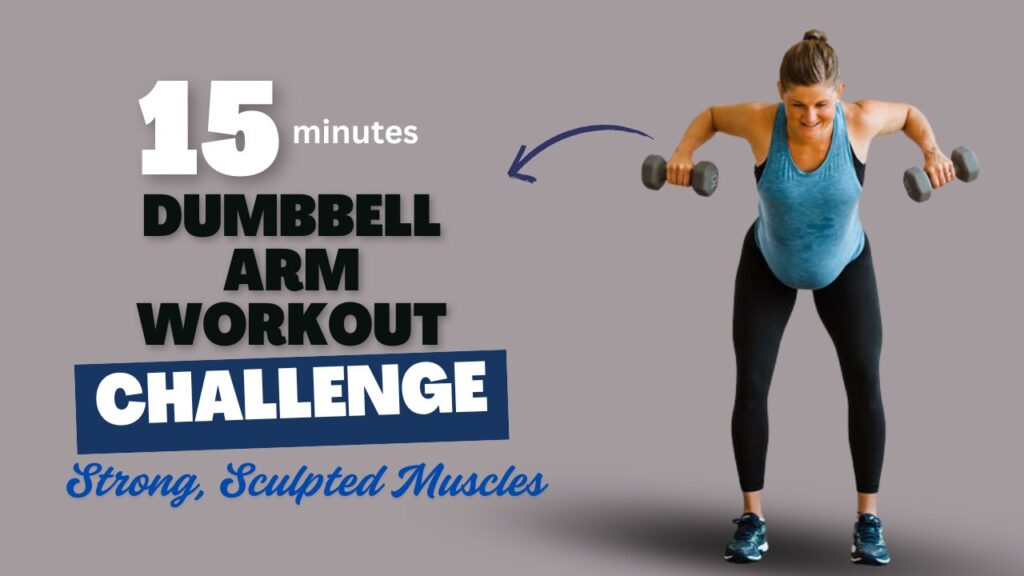
Table of Contents
Why This Works in Just 15 Minutes
- Compound & isolation mix – You’ll train multiple muscle groups while also hitting specific areas for definition.
- Time-efficient intervals – Short rest periods keep your heart rate up, boosting calorie burn.
- Progressive overload – Reps and tempo are structured for muscle growth without heavy weights.
What Can Happen After 30 Days of This Workout
| Positive Changes | Why It Happens |
|---|---|
| Noticeable increase in arm strength | Consistent resistance training stimulates muscle growth and neuromuscular adaptation. |
| Improved muscle tone and definition | Repeated contractions enhance muscle shape and reduce flabbiness with overall fat loss. |
| Better endurance during daily tasks | Stronger arm and shoulder muscles make lifting, carrying, and pushing easier. |
| Enhanced posture and shoulder stability | Strengthening deltoids and upper back helps support upright posture. |
| Increased metabolism | More muscle mass boosts resting calorie burn. |
| Greater confidence in appearance | Visible improvements in arm shape can enhance body image. |
Do’s and Don’ts for the 15-Minute Dumbbell Arm Workout Challenge
| Do’s | Don’ts |
|---|---|
| Maintain proper form for every rep to prevent injury. | Don’t use momentum or swing the dumbbells. |
| Choose a weight that challenges you but allows good technique. | Don’t go too heavy too soon—this risks strain. |
| Keep elbows close to your body for curls and triceps exercises. | Don’t let elbows flare out unnecessarily. |
| Engage your core to support your back during standing exercises. | Don’t arch your lower back during presses or raises. |
| Perform controlled, slow movements for maximum muscle activation. | Don’t rush through reps—it reduces effectiveness. |
| Warm up your shoulders, arms, and wrists before starting. | Don’t skip warm-ups or cool-down stretches. |
| Breathe naturally—exhale when lifting, inhale when lowering. | Don’t hold your breath while performing reps. |
The Exercises For The Challenge
Below are the 8 powerhouse moves in this challenge, each with a description, how-to, and benefits.
1. Bicep Curl
Description: A classic isolation exercise targeting the front of your upper arms. Perfect for building peak bicep definition.
How to:
- Stand with feet shoulder-width apart, holding a dumbbell in each hand, palms facing forward.
- Keep elbows close to your torso and curl the weights toward your shoulders.
- Lower slowly to starting position.
Benefits: Improves arm aesthetics, boosts grip strength, and helps with daily lifting activities.
2. Hammer Curl
Description: A variation of the bicep curl that shifts emphasis to the brachialis muscle and forearms.
How to:
- Hold dumbbells with palms facing each other.
- Curl weights upward while keeping palms in that neutral position.
- Lower with control.
Benefits: Builds thicker arms and improves forearm endurance.
Interesting Fact: Many professional athletes prefer hammer curls over standard curls for joint-friendly training.
3. Overhead Triceps Extension
Description: Targets the triceps, especially the long head, for that “back of the arm” tone.
How to:
- Hold one dumbbell with both hands, lift it overhead.
- Keep elbows close to your head and lower the dumbbell behind your neck.
- Press it back to starting position.
Benefits: Improves pushing strength and eliminates upper arm flabbiness.
4. Dumbbell Shoulder Press
Description: Strengthens shoulders and engages triceps for a more complete arm workout.
How to:
- Hold dumbbells at shoulder height with palms facing forward.
- Press upward until arms are fully extended.
- Lower slowly.
Benefits: Enhances shoulder stability and upper body strength.
5. Lateral Raise
Description: Focuses on the side delts, giving your arms a wider, more sculpted look.
How to:
- Stand with dumbbells at your sides, palms facing inward.
- Lift arms out to the sides until shoulder height.
- Lower under control.
Benefits: Improves shoulder definition and posture.
6. Dumbbell Front Raise
Description: Works the front deltoids and upper chest.
How to:
- Hold dumbbells in front of your thighs, palms facing down.
- Raise arms straight forward to shoulder height.
- Lower slowly.
Benefits: Builds shoulder symmetry and enhances upper body aesthetics.
7. Dumbbell Kickback
Description: Isolates the triceps with a focus on muscle contraction at the top.
How to:
- Bend forward slightly, holding dumbbells with palms facing each other.
- Keep elbows close to your torso and extend arms backward.
- Squeeze triceps, then return to starting position.
Benefits: Defines the back of the arms for a toned look.
8. Zottman Curl
Description: A hybrid curl that combines bicep and forearm training in one move.
How to:
- Curl dumbbells up with palms facing forward.
- Rotate wrists so palms face downward, then lower slowly.
Benefits: Boosts forearm strength and helps with overall grip power.
Common Myths About Arm Workouts
- Myth 1: You need heavy weights for toned arms.
Truth: Consistency, form, and time under tension are more important than just weight. - Myth 2: High reps only burn fat, not build muscle.
Truth: Higher reps with moderate weight can still stimulate muscle growth.
Extra Tips for Best Results
- Control the movement – Avoid swinging weights; slow tempo increases muscle activation.
- Breathe properly – Exhale during lifting, inhale while lowering.
- Stay consistent – 3–4 times per week is ideal for visible results.
- Pair with nutrition – Adequate protein supports muscle growth.
15-Minute Dumbbell Arm Workout Challenge Routine
| Exercise | Sets | Reps | Rest | Notes |
|---|---|---|---|---|
| Bicep Curl | 2 | 12 | 20 sec | Focus on controlled lowering |
| Hammer Curl | 2 | 12 | 20 sec | Keep wrists neutral |
| Overhead Triceps Extension | 2 | 12 | 20 sec | Elbows tucked in |
| Dumbbell Shoulder Press | 2 | 10 | 20 sec | Core engaged |
| Lateral Raise | 2 | 12 | 20 sec | Avoid shrugging shoulders |
| Front Raise | 1 | 12 | 20 sec | Keep arms slightly bent |
| Dumbbell Kickback | 1 | 12 | 15 sec | Squeeze at the top |
| Zottman Curl | 1 | 10 | — | Final burnout set |
Duration: ~15 minutes including rests.
Conclusion – Your Arms, Your Power
Building strong, sculpted arms doesn’t have to be complicated or time-consuming.
This 15-minute dumbbell arm workout challenge packs a punch, giving you both muscle tone and strength with efficient, focused exercises.
Stick to this routine, challenge yourself with progressive weights, and you’ll start noticing the transformation not just in your arms, but in your overall upper body performance.
Remember: Fitness is about progress, not perfection. Even short workouts can deliver big results when done with purpose and consistency.
Frequently Asked Questions (FAQs)
Can a 15-minute dumbbell workout really build muscle?
Yes. When exercises are performed with proper form, adequate resistance, and minimal rest, short workouts can stimulate muscle growth and improve definition, especially for beginners or those with tight schedules.
How often should I do this arm workout?
For best results, aim for 2–4 times per week, allowing at least 48 hours of rest between arm-focused sessions to support muscle recovery.
What weight of dumbbells should I use?
Choose a weight that feels challenging by the last 2–3 reps of each set but still allows you to maintain proper form. For beginners, 2–5 kg (5–12 lbs) is a good starting point.
Will this workout help reduce arm fat?
Spot reduction is a myth. While this workout will strengthen and tone your arms, fat loss requires an overall calorie deficit combined with consistent strength training and cardio.
Can I do this routine without dumbbells?
If you don’t have dumbbells, you can substitute with water bottles, resistance bands, or household items of similar weight until you can get proper equipment.
Is it suitable for beginners?
Yes. Beginners can start with lighter weights, fewer reps, and longer rest periods, gradually increasing intensity over time.
Should I stretch after this workout?
Absolutely. Stretching your arms, shoulders, and chest after training improves flexibility, reduces muscle tightness, and aids recovery.
Can I combine this with other workouts?
Yes. You can pair it with lower body or core training on the same day, or alternate with different muscle groups on other days for a balanced program.


